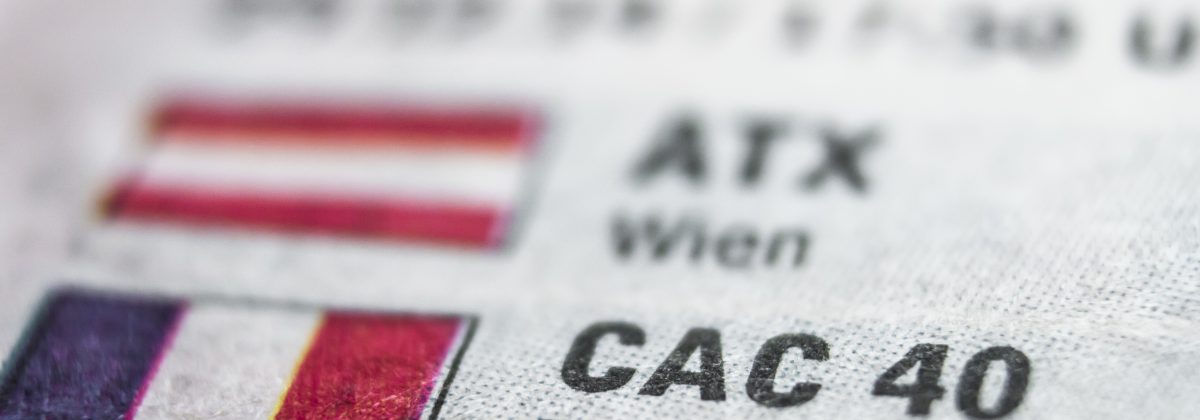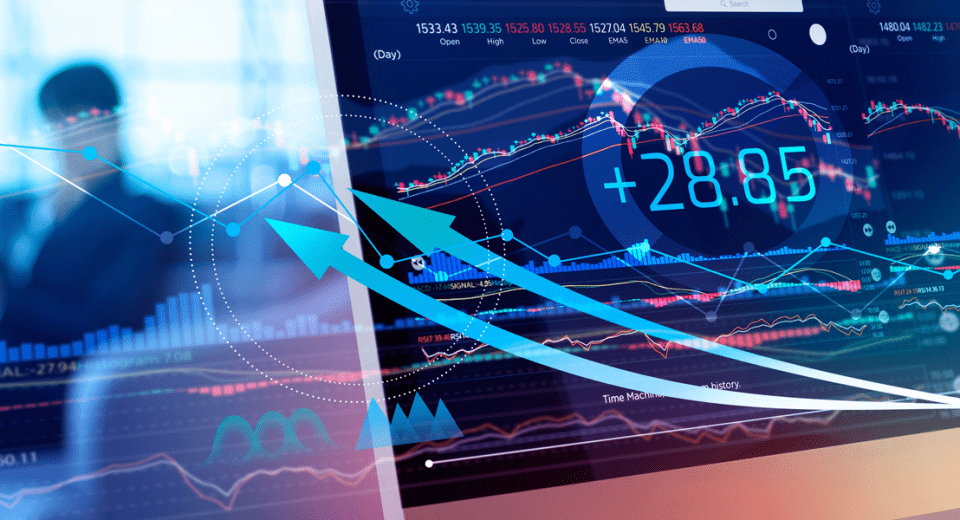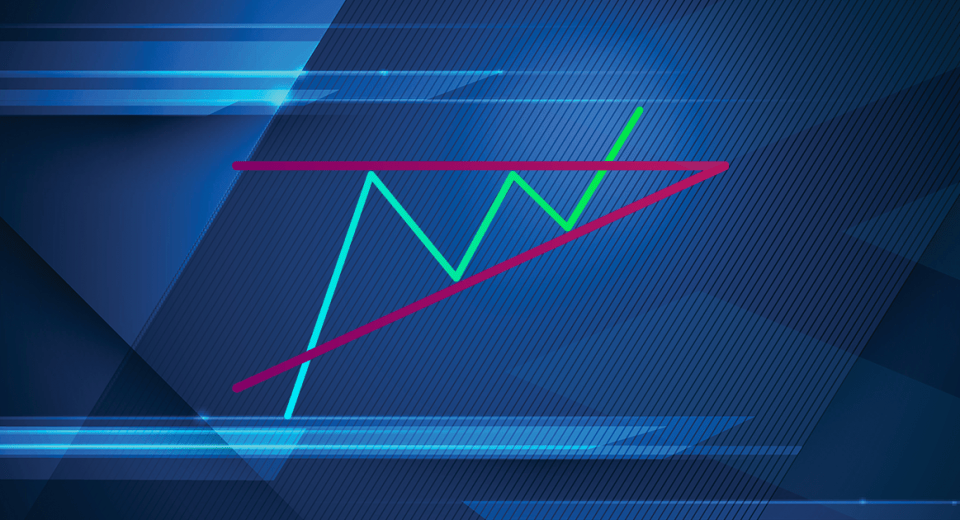The financial markets offer multiple instruments for investors to choose from, including leverage-based derivative products that offer significant market exposure with low initial investments. Spread betting and Contracts for Difference (CFDs) are leveraged products, the value of which is derived from an underlying asset. They are mostly used to make short-term trades, based on predictions regarding the direction of price movement of the underlying asset. Both have almost the same function, with just a few key differences. Here’s a look at both instruments.
Spread Betting
Technically, spread betting is similar to gambling. It is a kind of derivative product, in which participants don’t need to own the underlying asset to trade it. The investment is done based on speculations regarding whether the price of the underlying asset will rise or fall, using the prices offered to them by the intermediary.
There are 2 prices that traders to watch for in spread betting:
- Bid price or the price at which you can buy the asset
- Ask price or the price at which you can sell it.
The ask price can be lower or higher than the bid price. The difference between the bid and ask prices is called the spread.
Speculation on a variety of financial instruments, including forex, commodities, stocks and fixed income securities can be done by investors in spread betting, which offers a range of diversification. It is a leveraged product, which means that only a portion of the actual value of the underlying asset needs to be paid by the investor. While doing so increases the chances of higher gains, it also multiplies the potential loss, since investors can lose more than their initial investment.
Benefits of Spread Betting
- Investors can speculate on both rising and falling prices. Short selling becomes easy with spread betting, since you don’t have to own the asset, thus saving time and money.
- The earnings are exempt from capital gains tax.
- There is no separate commission charged. Spread betting companies earn from the spreads they offer.
- There is no stamp duty to be paid.
- Access to the market 24×7.
CFDs
Contracts for Difference (CFDs) are another form of derivatives trading. A CFD is a contract between a buyer and a seller for a particular asset, where one party agrees to pay the other the price difference between the opening and the closing price of the contract. The value of a CFD is based on the underlying asset.
Generally, you need to only pay the margin value, which is usually 5% to 10% of the actual price of underlying asset. This increases the amount of profit or loss that you can incur. CFDs are available with both instant and market execution. Your orders are executed without any delay, leading to fast and efficient trading.
To be successful, you should be able to accurately predict the direction of price movement, since you are agreeing to exchange the difference in price of the asset from one time period to another. CFDs are available for almost every type of asset in the financial markets, from forex to cryptocurrencies and from stocks to commodities.
The benefits of trading CFDs include higher leverage, global market access from a single platform, ability to take short and long positions, out of hours trading and lower transaction costs.
Differences between Spread Betting and CFDs
While both spreadbetting and CFDs might seem to be similar since both are derivative, leveraged instruments, they do differ in specific ways.
- Profits made on spread betting are exempt of stamp duty and capital gains tax, whereas CFDs are exempt from only stamp duty, since you don’t own the underlying asset. However, capital gain tax is applicable on the profits made via CFDs.
- Spread betting is available only at specific geographical locations where it is legal. It is available in the UK, whereas CFDs are available globally.
- No extra commission is charged in spread betting, since spread betting offerings earnings on the spread provided. On the other hand, a commission is charged on the execution of CFDs.
- Spread betting involves trading in a base currency of your choice, whereas CFDs are traded in the base currency of the market in which you are trading.
- Spread betting has less transparent pricing, since brokers have the freedom to quote their own prices. In CFDs, however, futures and even the underlying assets and markets are speculated upon, making it easy to determine where the CFD price comes from.
- Spread betting has a fixed time period, usually with no time-related charges. On the other hand, both short and long positions can be held in CFDs, based on whether you expect prices to rise or fall. CFDs attract daily charges.
- Spread betting may entail a wide gap between the buy and sell price, whereas CFDs don’t have any such gaps in pricing.
- Dividend is debited or credited off the account of the investor in CFDs, depending on whether you take a long or short position.
CFDs can offer greater advantages over longer periods of time, while spread betting may be considered by new investors as a way to enhance their speculation skills. In the Forex market, spread bets are a preferred option for some investors, since it is a cheaper option. Liquidity of the market, market capitalisation of the asset and the anticipated time scale are among the factors that need to be considered before placing any trade and determining the most appropriate instrument to trade in.
While the investment route offered by both instruments might differ, both have risks associated with them due to leverage. You could also make your choice based on the market you want to trade in.
Disclaimer
Trading leveraged products involves a high level of risk. 71% of retail investor accounts lose money when trading CFDs with this provider. You should consider whether you understand how CFDs work and whether you can afford to take the high risk of losing your money.





